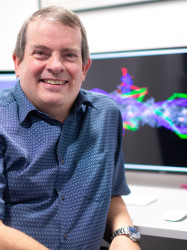BibTex format
@article{Zamora:2016:10.1039/c6cp02610a,
author = {Zamora, JE and Papadaki, M and Messer, AE and Marston, SB and Gould, IR},
doi = {10.1039/c6cp02610a},
journal = {Physical Chemistry Chemical Physics},
pages = {20691--20707},
title = {Troponin structure: its modulation by Ca(2+) and phosphorylation studied by molecular dynamics simulations.},
url = {http://dx.doi.org/10.1039/c6cp02610a},
volume = {18},
year = {2016}
}

